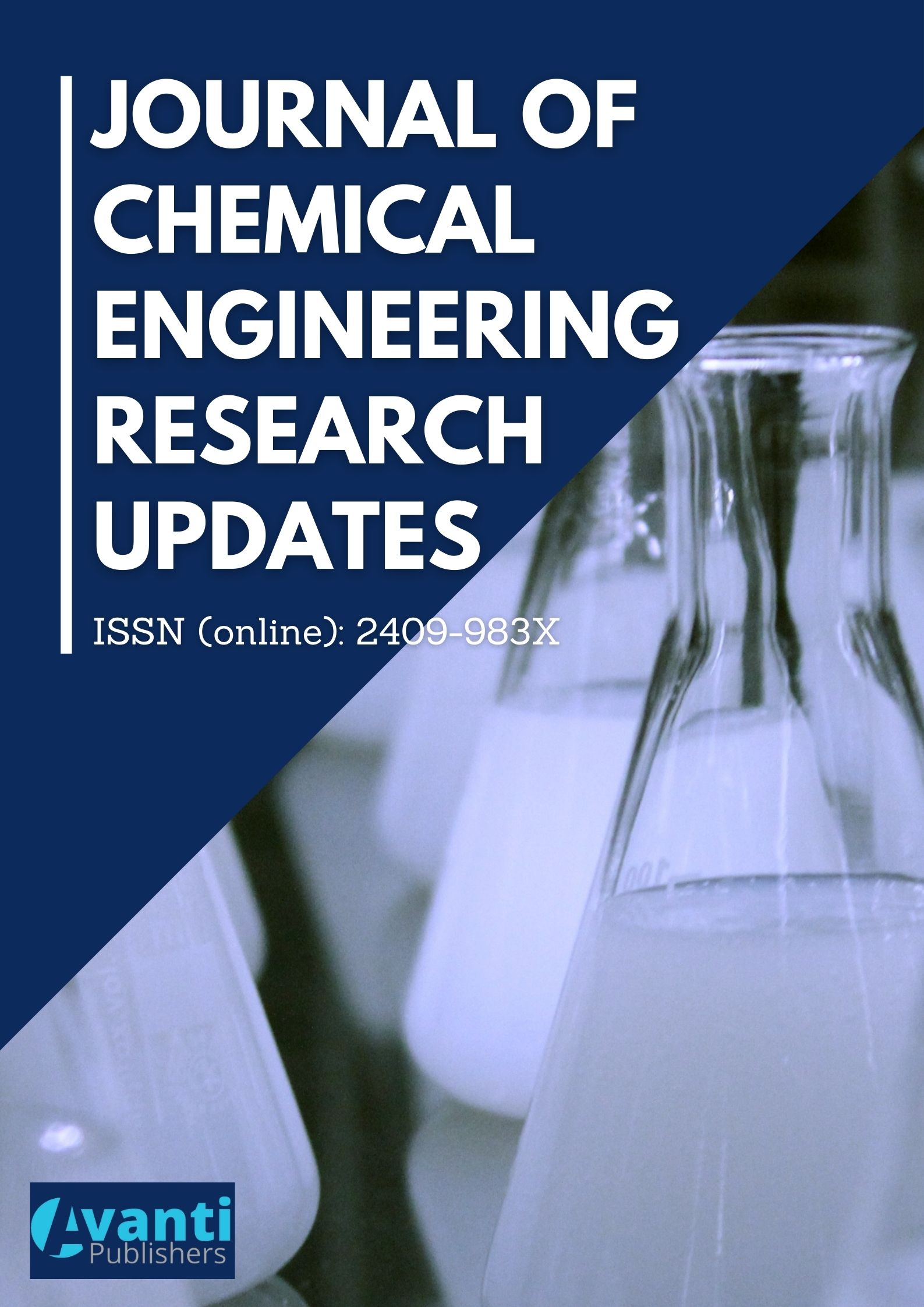Abstract
Bioprinting for tissue engineering and regenerative medicine offers a promising solution to the growing demand for organ transplants. A pectin-based bioink was engineered to offer cost-effectiveness and operational simplicity. This project focuses on the commercialization and industrial production of this bioink. The bioink formulation and bioprinting parameters for extrusion-based bioprinting were optimized, as extrusion-based bioprinters are most commonly used in bioprinting. The optimization process focused on structural integrity, resolution, and cell viability. Additionally, an industrial-scale production process was designed using SuperPro Designer. The bioink formulation with optimized bioprinting parameters shows great potential for extrusion-based bioprinting with scalable manufacturing capabilities.
References
Health Resources & Services Administration. Organ Donation Statistics. Available from: https://www.organdonor.gov/learn/organ-donation-statistics.
Raees S, Ullah F, Javed F, Akil HM, Khan MJ, Safdar M, et al. Classification, processing, and applications of bioink and 3D bioprinting: A detailed review. Int J Biol Macromol. 2023; 232: 123476. https://doi.org/10.1016/j.ijbiomac.2023.123476
Carrow JK, Kerativitayanan P, Jaiswal MK, Lokhande G, Gaharwar AK. Polymers for Bioprinting. In: Atala A, Yoo JJ, Eds. Essentials of 3D Biofabrication and Translation. Boston: Academic Press; 2015. p. 229-48. https://doi.org/10.1016/B978-0-12-800972-7.00013-X
Reddy MSB, Ponnamma D, Choudhary R, Sadasivuni KK. A comparative review of natural and synthetic biopolymer composite scaffolds. Polymers (Basel). 2021; 13(7): 1105. https://doi.org/10.3390/polym13071105
Wang X, Zhang D, Singh YP, Yeo M, Deng G, Lai J, et al. Progress in organ bioprinting for regenerative medicine. Engineering. 2024; 42: 121-42. https://doi.org/10.1016/j.eng.2024.04.023
Shopova D, Yaneva A, Bakova D, Mihaylova A, Kasnakova P, Hristozova M, et al. (Bio)printing in personalized medicine—opportunities and potential benefits. Bioengineering. 2023; 10(3): 287. https://doi.org/10.3390/bioengineering10030287
Boularaoui S, Al Hussein G, Khan KA, Christoforou N, Stefanini C. An overview of extrusion-based bioprinting with a focus on induced shear stress and its effect on cell viability. Bioprinting. 2020; 20: e00093. https://doi.org/10.1016/j.bprint.2020.e00093
Ramesh S, Harrysson OLA, Rao PK, Tamayol A, Cormier DR, Zhang Y, et al. Extrusion bioprinting: Recent progress, challenges, and future opportunities. Bioprinting. 2021; 21: e00116. https://doi.org/10.1016/j.bprint.2020.e00116
Ozbolat IT, Hospodiuk M. Current advances and future perspectives in extrusion-based bioprinting. Biomaterials. 2016; 76: 321-43. https://doi.org/10.1016/j.biomaterials.2015.10.076
Zhang YS, Haghiashtiani G, Hübscher T, Kelly DJ, Lee JM, Lutolf M, et al. 3D extrusion bioprinting. Nat Rev Methods Primers. 2021; 1(1): 75. https://doi.org/10.1038/s43586-021-00078-3
Banks A, Guo X, Chen J, Kumpaty S, Zhang W. Novel bioprinting method using a pectin-based bioink. Technol Health Care. 2017; 25(4): 651-5. https://doi.org/10.3233/THC-160764
Johnson DL, Ziemba RM, Shebesta JH, Lipscomb JC, Wang Y, Wu Y, et al. Design of pectin-based bioink containing bioactive agent-loaded microspheres for bioprinting. Biomed Phys Eng Express. 2019; 5(6): 067004. https://doi.org/10.1088/2057-1976/ab4dbc
Stealey S, Guo X, Ren L, Bryant E, Kaltchev M, Chen J, et al. Stability improvement and characterization of bioprinted pectin-based scaffold. J Appl Biomater Funct Mater. 2019; 17(1): 2280800018807108. https://doi.org/10.1177/2280800018807108
Zieman J, Cohan M, Wang Y, De La Sancha A, Kanungo M, Azzouz R, et al. Development of gelatin-coated hydrogel microspheres for novel bioink design: A crosslinker study. Pharmaceutics. 2023; 15(1): 90. https://doi.org/10.3390/pharmaceutics15010090
Chai A, Schmidt K, Brewster G, Peng Xiong L, Church B, Wahl T, et al. Design of pectin-based hydrogel microspheres for targeted pulmonary delivery. Gels. 2023; 9(9): 707. https://doi.org/10.3390/gels9090707
Wu Y, Gu S, Cobb JM, Dunn GH, Muth TA, Simchick CJ, Li B, et al. E2-loaded microcapsules and bone marrow-derived mesenchymal stem cells with injectable scaffolds for endometrial regeneration application. Tissue Eng Part A. 2023; 30(3-4): 115-30. https://doi.org/10.1089/ten.tea.2023.0238
Caccavale F, Iamarino M, Pierri F, Tufano V. Introduction. In: Control and Monitoring of Chemical Batch Reactors. London: Springer; 2011. p. 1-7. https://doi.org/10.1007/978-0-85729-195-0_1
Adler M, Allmendinger A. Filling unit operation for biological drug products: Challenges and considerations. J Pharm Sci. 2024; 113(2): 332-44. https://doi.org/10.1016/j.xphs.2023.11.017
Bhamra K, Harrison P, Phillips J, Hale G. Aseptic vial filling. In: George AJT, Urch CE, Eds. Diagnostic and Therapeutic Antibodies. Totowa, NJ: Humana Press; 2000. p. 313-7. https://doi.org/10.1385/1-59259-076-4:313
Zhang W, Yang G, Zhang A, Xu LX, He X. Preferential vitrification of water in small alginate microcapsules significantly augments cell cryopreservation by vitrification. Biomed Microdevices. 2010; 12(1): 89-96. https://doi.org/10.1007/s10544-009-9363-z
Murphy SV, Atala A. 3D bioprinting of tissues and organs. Nat Biotechnol. 2014; 32(8): 773-85. https://doi.org/10.1038/nbt.2958
Knowlton S, Onal S, Yu CH, Zhao JJ, Tasoglu S. Bioprinting for cancer research. Trends Biotechnol. 2015; 33(9): 504-13. https://doi.org/10.1016/j.tibtech.2015.06.007
Zhang W, Zhao S, Rao W, Snyder J, Choi JK, Wang J, et al. A novel core-shell microcapsule for encapsulation and 3D culture of embryonic stem cells. J Mater Chem B. 2013; 1(7): 1002-9. https://doi.org/10.1039/C2TB00058J

This work is licensed under a Creative Commons Attribution-NonCommercial 4.0 International License.
Copyright (c) 2025 Alexis Berka, Aidan Callahan, Sonia Grade, Benjamin Lilienkamp, Annika Peters, Rebecca Salzman, Mason Dopirak, Wujie Zhang




